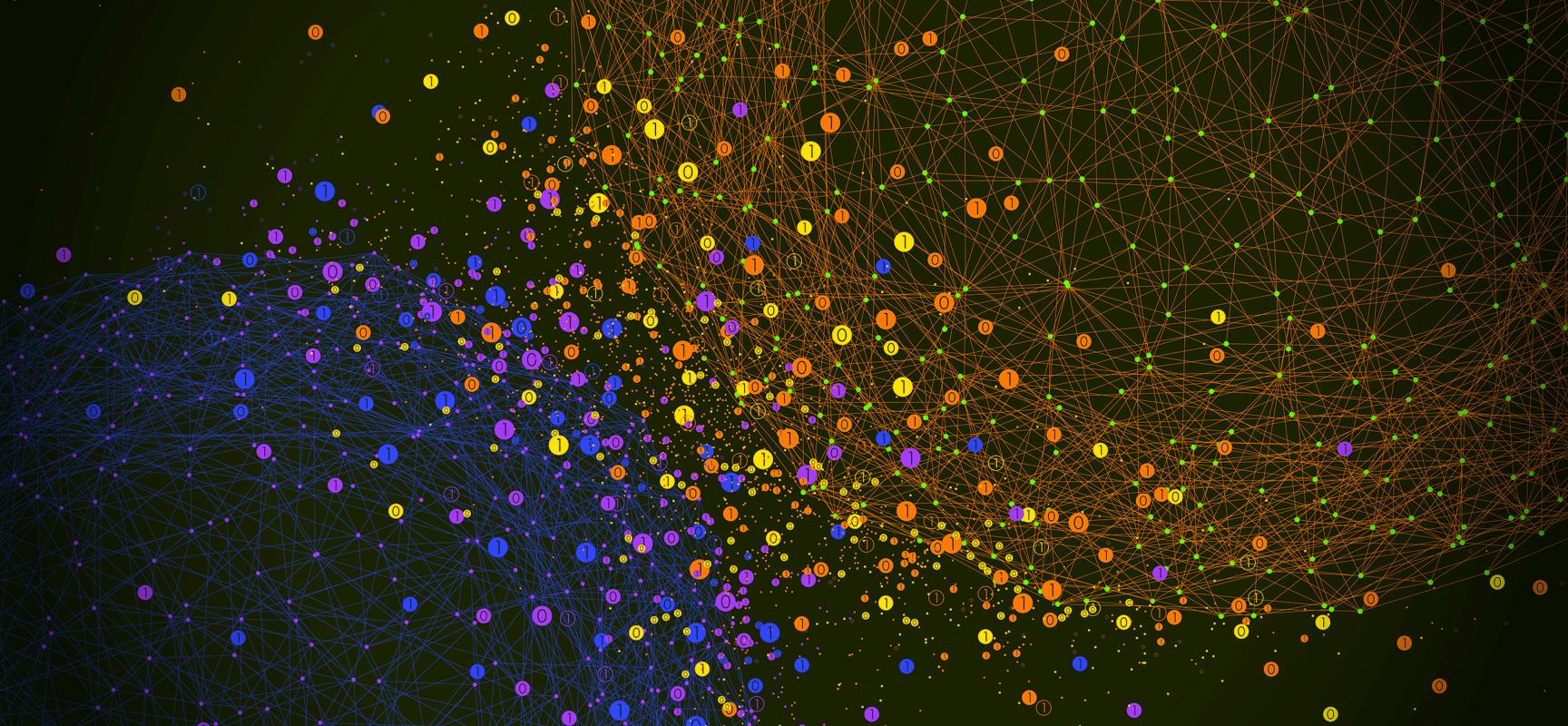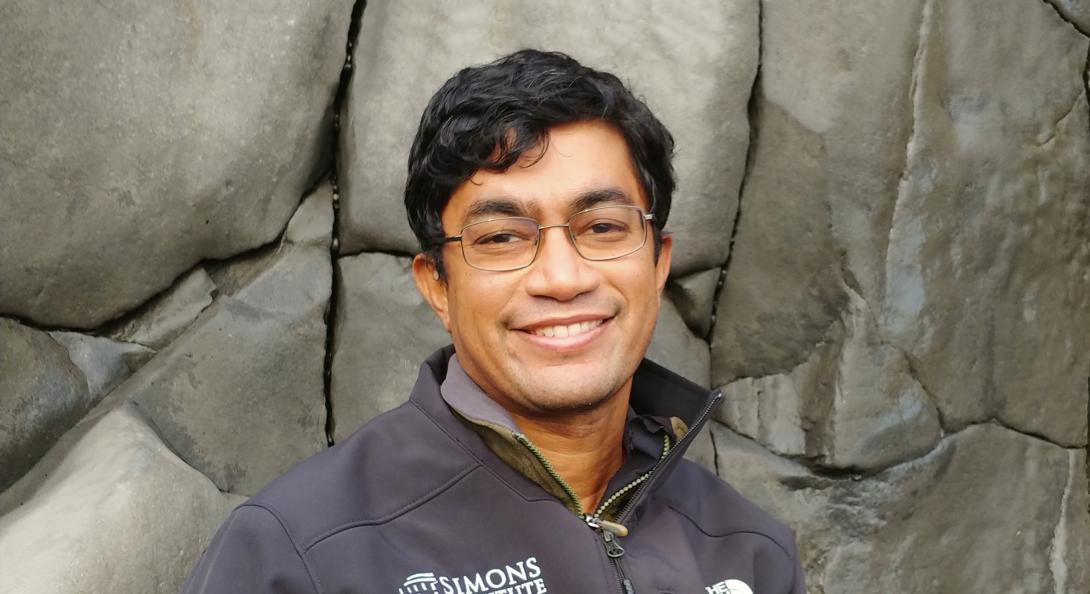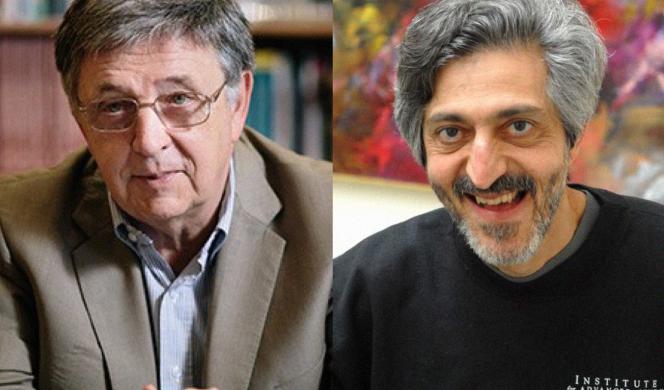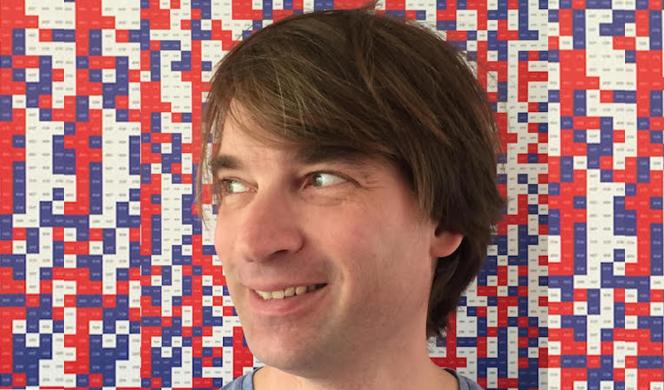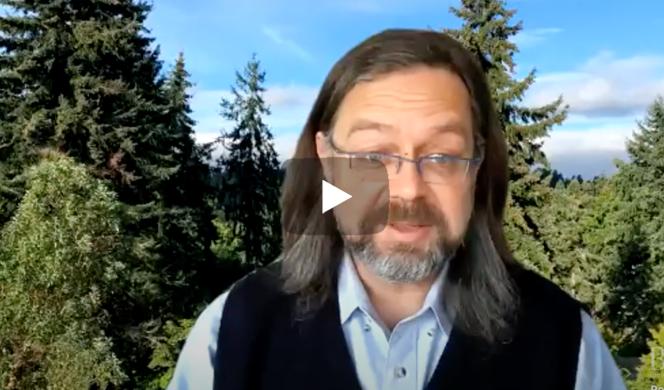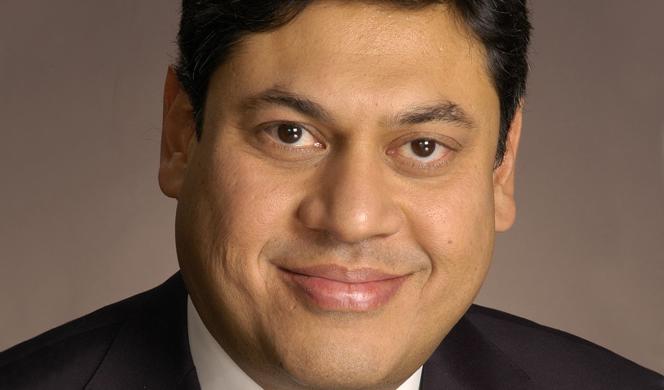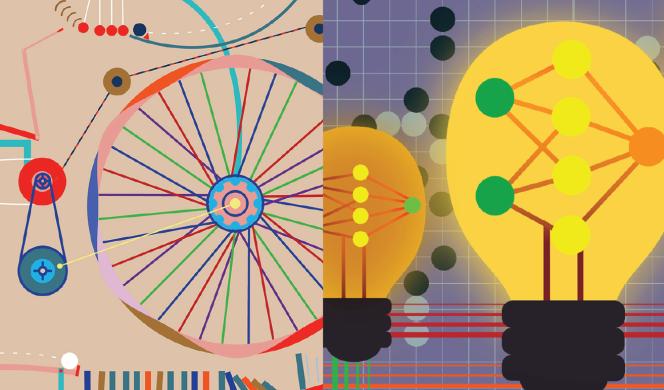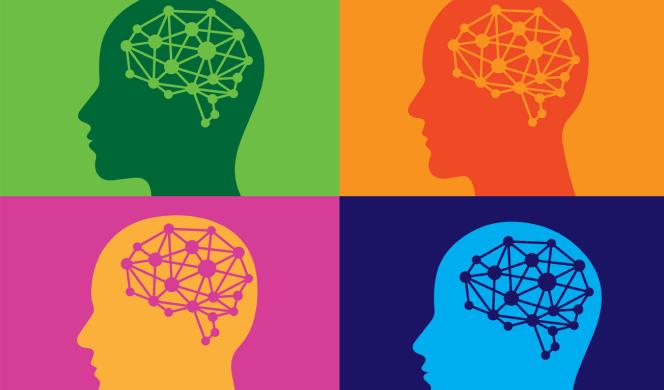
Recall November 6, 2024 — the day after the U.S. election. I was driving back to my home in Washington, DC, from Ohio with colleagues. I was...

This July, the Simons Institute co-hosted, in collaboration with Project CETI (Cetacean Translation Initiative) and Oceankind, the fourth annual...

Greetings from Berkeley. With the rising tide of vaccination in the US and in many places in the world, we look forward to seeing many of you at Calvin Lab in the coming months.

Established in 2020, this interdisciplinary fellowship brings researchers from the humanities, social sciences, law, and related disciplines to the Institute as long-term participants in research programs that address technologies with profound impacts on human society and with implications for ethics, law, and policy.
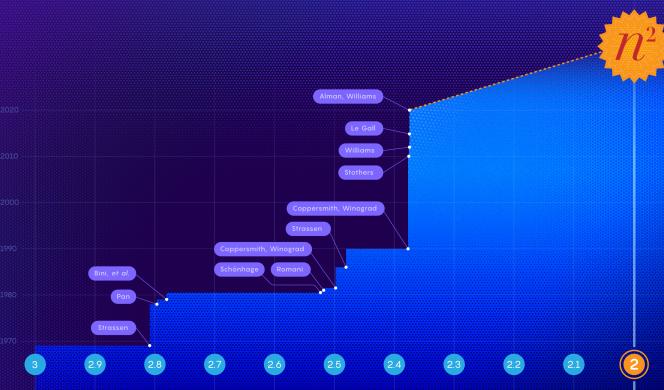
A recent paper set the fastest record for multiplying two matrices. But it also marks the end of the line for a method researchers have relied on for decades to make improvements.
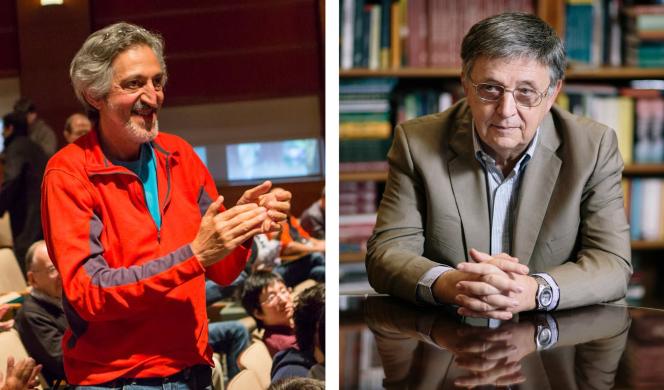
Former Simons Institute Scientific Advisory Board member Avi Wigderson (IAS) and László Lovász (Eötvös Loránd University) have received the 2021 Abel Prize.



